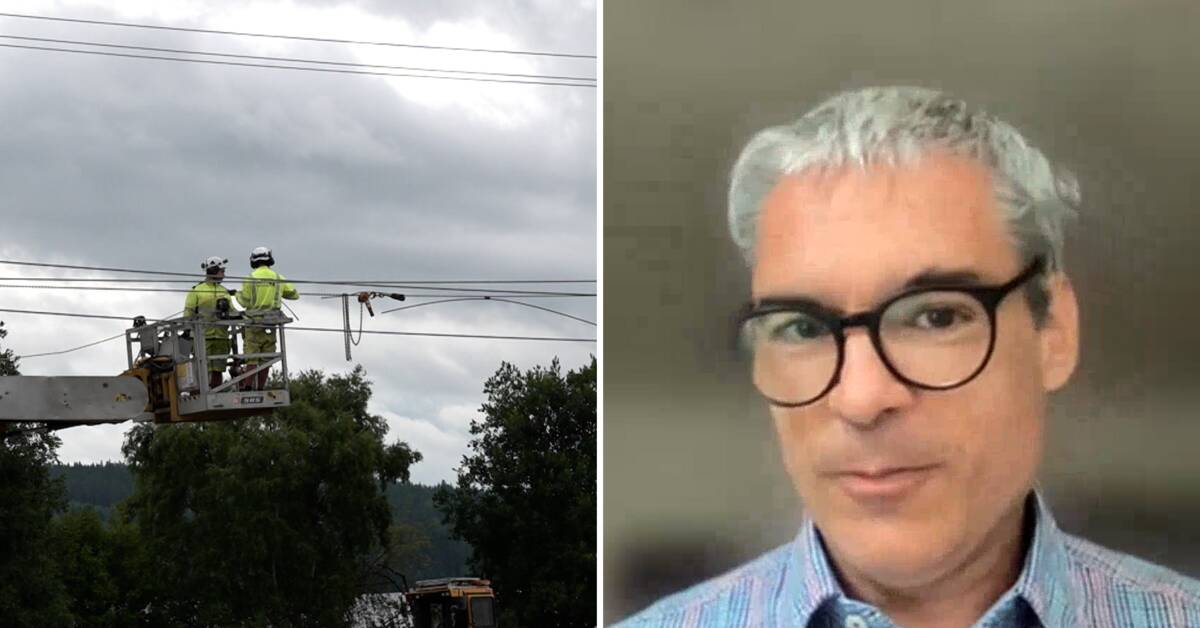In an electrified railway system, the trains are propelled forward by current via a catenary or busbar.
Trains that go long and fast are usually powered by a copper catenary that hangs in the air, above the train.
- That is one of the reasons why electric railways are so energy efficient, says Sebastian Stichel, professor of railway engineering at KTH.
But the catenary's location in the air also makes it a target for falling trees and debris.
In severe storms and storms, the system is therefore extra exposed.
Cold climate makes it difficult
All countries that have electrified railways occasionally experience problems with the lines.
However, the Nordic climate makes the circumstances even more difficult.
Ice and frost increase electrical resistance.
- It looks pretty cool, there are arcs from the high current, but it eats away at the material, says Sebastian Stichel.
Needs to be upgraded
Some problems will never be predictable but others could happen less often.
Sweden is lagging behind with the maintenance of catenary lines, and according to Sebastian Stichel, the Swedish Transport Administration is working to upgrade the old systems.
- They are working hard to upgrade and renew the railway, but they simply haven't had time everywhere, that would make the system more stable.
Can the problems be avoided by burying the wires in the ground? Hear the railway expert explain in the clip above.

